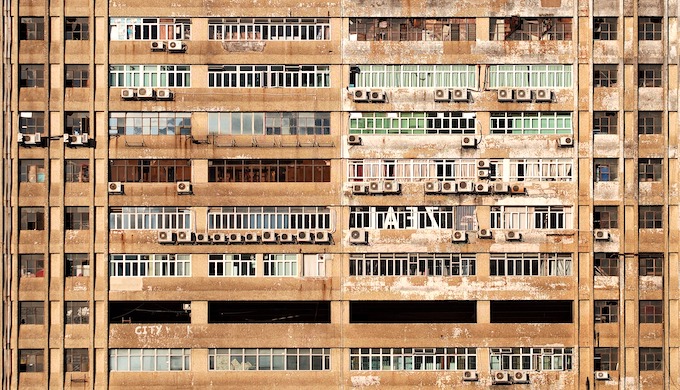As temperatures rise in India due to global warming, the government has drafted an action plan to keep the projected increase in costs of cooling in check, becoming the first country to do so

Demand for air-conditioners is increasing at an exponential rate in Indian cities (Photo by Pixabay)
Global warming has ensured that India is an ever-warmer country, with cooling demands estimated to rise as much as eight times in the next 20 years. This presents a formidable challenge to the developing economy, as cooling appliances release gases that deplete the ozone layer and also make the planet hotter.
To deal with the issue, the environment ministry has released a draft cooling action plan that aims to assess the cooling requirements, and the associated refrigerant demand and energy use across sectors in the next 20 years. India has become the first nation to produce such a document under the umbrella of the Montreal Protocol, a global agreement to protect the stratospheric ozone layer by phasing out the production and consumption of ozone-depleting substances.
Warmer temperatures increase demand for cooling, but refrigeration and air conditioning cause 10% of the global carbon dioxide emissions that is causing climate change, according to the International Energy Agency (IEA).
The environment ministry has set four main goals in the proposed action plan — reduce cooling demand by 20% to 25% by 2037-38; reduce refrigerant demand by 25% to 30%; reduce cooling energy requirements by 25% to 40% by 2037-38; and train and certify 100,000 servicing technicians by 2022-23.
While releasing the draft on World Ozone Day on September 16, environment minister Harsh Vardhan said his ministry has already initiated a programme of training 100,000 refrigeration and air-conditioning servicing technicians. “The overarching goal of India Cooling Action Plan is to provide sustainable cooling and thermal comfort for all, while securing environmental and socioeconomic benefits for the society,” the ministry said in a statement.
Cooling crisis
Increasing climate change has precipitated a cooling crisis. The demand for cooling increases the hotter it becomes. It means more use of air-conditioning that results in increased energy use, which in turn contributes to global warming.
“Using air-conditioners and electric fans to stay cool accounts for nearly 20% of the total electricity used in buildings around the world today,” the IEA said in a report titled The Future of Cooling. “And this trend is set to grow as the world’s economic and demographic growth becomes more focused in hotter countries.”
The report said that carbon dioxide emissions from cooling have tripled since 1990 to 1,130 million tonnes, causing a corresponding growth in air pollution. Most of the expected expansion in energy use for cooling by 2050 is expected from emerging economies and half of it from three countries — India, China and Indonesia — the report said.
To contain global warming to no more than 2 degrees Celsius compared with pre-industrial times, as decided by 195 nations in the 2015 Paris Agreement, total energy consumption for cooling has to be kept to 6,300 terawatt hours (TWH) a year, according to researchers at the University of Birmingham in Britain. Currently, cooling demands 3,600 TWH a year, which could increase to 19,6000 TWH per year by 2050, they said in a report entitled A Cool World: Defining the Energy Conundrum of Cooling for All.
The report makes a strong case for a concerted strategy that includes better building design, more energy efficiency and faster elimination of waste. “The challenge is how to start with a system-led approach, better harnessing a portfolio of energy resources and adopting novel technologies,” Toby Peters of the University of Birmingham’s Energy Institute, and one of the authors, told Climate News Network.
Although India’s draft cooling action plan tries to address this issue, it is “grossly inadequate and limited in its scope and ambition,” according to a statement by the Centre for Science and Environment (CSE), a New Delhi-based policy advocacy group. While the draft plan aims to provide sustainable cooling and thermal comfort for all, its intent is myopically focused on only the market for personal air-conditioners, ignoring the fact that demand for cooling is driven by people and not by sale of air conditioners, it said in a statement.
“If we are planning to provide sustainable cooling and thermal comfort for all, we cannot ignore 90% of the Indian population’s need to have thermal comfort,” said Anumita Roychowdhury, Executive Director, Research and Advocacy at CSE. “This lack of planning can completely upset the energy budget of the country. At the same time, the draft plan has not indicated the benchmark for thermal comfort that needs to guide energy efficiency measures for all – users of active as well as passive cooling.”

Trackbacks/Pingbacks